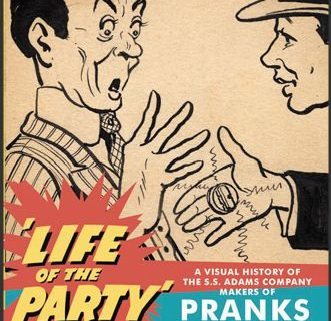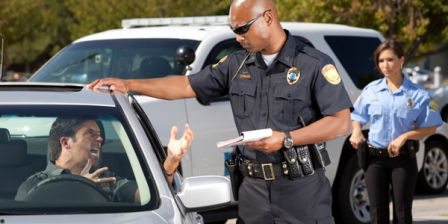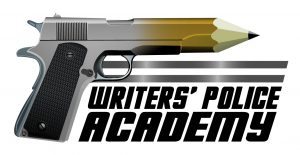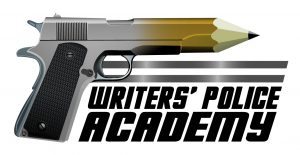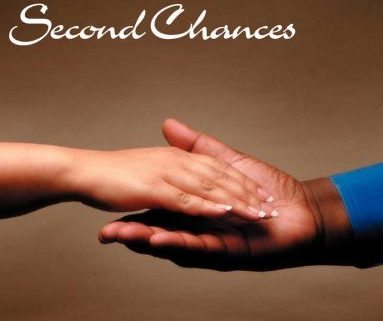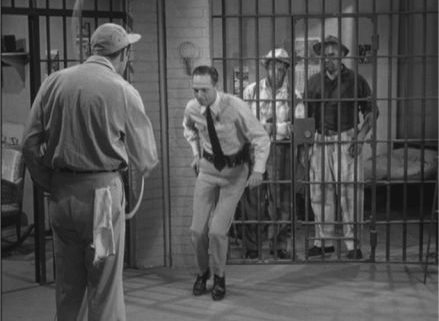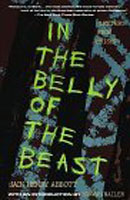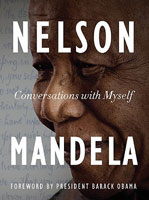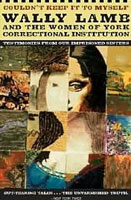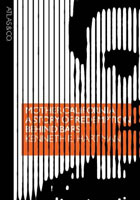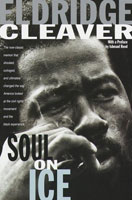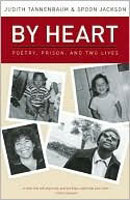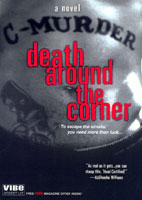Every year on the first of April you’ll see coffee cups glued to car roofs and Facebook statuses claiming surprise marriages. But don’t we deserve a better class of jokester? Is it too much to ask for a little thought and effort? Consider these legendary pranks by college kids as inspiration, and be like them. It doesn’t matter that you’re not drunk, responsibility-free, and reckless. If you want it badly enough, you can make fools of us all.
-
George P. Burdell
 When your prank becomes a running joke at the school for nearly 100 years, you know it’s legendary. In 1927, when precocious student Ed Smith received two enrollment forms for Georgia Tech, he decided to enroll the imaginary George P. Burdell at the same time. Amazingly, Smith then proceeded to enter Burdell in all his classes and do all his homework and tests twice, changing them slightly, to serve as Burdell’s “work.” Thus began the legend of the “man” who has since received every undergraduate degree at Tech, served in World War II, worked at Mad Magazine, and had a Tech school store named after him.
When your prank becomes a running joke at the school for nearly 100 years, you know it’s legendary. In 1927, when precocious student Ed Smith received two enrollment forms for Georgia Tech, he decided to enroll the imaginary George P. Burdell at the same time. Amazingly, Smith then proceeded to enter Burdell in all his classes and do all his homework and tests twice, changing them slightly, to serve as Burdell’s “work.” Thus began the legend of the “man” who has since received every undergraduate degree at Tech, served in World War II, worked at Mad Magazine, and had a Tech school store named after him. -
Bonsai kittens
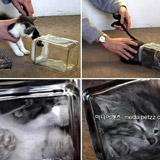 Beware when MIT students get bored. In 2000, a website appeared claiming to sell kittens sealed into glass jars in order to permanently make them the shape of the container. The site featured outrageous photos of a person supposedly using a shoehorn to stuff one of the cats in the “insertion process,” and an uncomfortable looking kitty pressed up against the glass. Gullible folks at the Humane Society bit, and bit hard, hard enough that the feds got involved and exposed the hoax.
Beware when MIT students get bored. In 2000, a website appeared claiming to sell kittens sealed into glass jars in order to permanently make them the shape of the container. The site featured outrageous photos of a person supposedly using a shoehorn to stuff one of the cats in the “insertion process,” and an uncomfortable looking kitty pressed up against the glass. Gullible folks at the Humane Society bit, and bit hard, hard enough that the feds got involved and exposed the hoax. -
Car on the roof
 Nothing is better than pulling off a prank that makes people say, “How the heck did they do that?” For half a century that’s what people in Cambridge were saying after someone parked an Austin Seven on the roof of Cambridge University’s Senate House in 1958. Police and firemen had to disassemble it to get it off the roof. Fifty years later, a group of engineering students came forward and explained how they did it with three groups using winches, ropes, and pulleys.
Nothing is better than pulling off a prank that makes people say, “How the heck did they do that?” For half a century that’s what people in Cambridge were saying after someone parked an Austin Seven on the roof of Cambridge University’s Senate House in 1958. Police and firemen had to disassemble it to get it off the roof. Fifty years later, a group of engineering students came forward and explained how they did it with three groups using winches, ropes, and pulleys. -
Great Rose Bowl Hoax
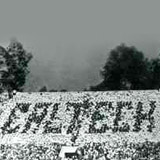 It’s a little tame by today’s standards, but this one’s in the pantheon of legendary college pranks. At the 1961 Rose Bowl game, Minnesota squared off against Washington in front of 100,000 stadium fans and millions more watching NBC’s broadcast of the game. At halftime, they were treated to the surprise of a carefully choreographed flip-card show that concluded with Washington students unwittingly displaying signs that formed the word “CALTECH.” Angered over their continued exclusion from the Rose Bowl proceedings, Caltech students had spent weeks creating 2,232 replacement flip cards.
It’s a little tame by today’s standards, but this one’s in the pantheon of legendary college pranks. At the 1961 Rose Bowl game, Minnesota squared off against Washington in front of 100,000 stadium fans and millions more watching NBC’s broadcast of the game. At halftime, they were treated to the surprise of a carefully choreographed flip-card show that concluded with Washington students unwittingly displaying signs that formed the word “CALTECH.” Angered over their continued exclusion from the Rose Bowl proceedings, Caltech students had spent weeks creating 2,232 replacement flip cards. -
Hugo N. Frye
 When students at Cornell’s campus paper needed an angle for their second annual banquet, they landed on the idea of embarrassing gullible politicians for a few laughs. So they created Hugo N. Frye out of thin air as “the father of the Republican party” and invited prominent GOPers to attend the banquet for his 150th birthday. None could attend, but their glowing remarks were read aloud at the banquet by gleeful students. “It is a pleasure to testify to the career of that sturdy patriot who first planted the ideals of our party in this region of the country,” the Secretary of Labor wrote. Even the vice president at the time congratulated them. The New York Times got ahold of it and the prank swept the country.
When students at Cornell’s campus paper needed an angle for their second annual banquet, they landed on the idea of embarrassing gullible politicians for a few laughs. So they created Hugo N. Frye out of thin air as “the father of the Republican party” and invited prominent GOPers to attend the banquet for his 150th birthday. None could attend, but their glowing remarks were read aloud at the banquet by gleeful students. “It is a pleasure to testify to the career of that sturdy patriot who first planted the ideals of our party in this region of the country,” the Secretary of Labor wrote. Even the vice president at the time congratulated them. The New York Times got ahold of it and the prank swept the country. -
Veterans of Future Wars
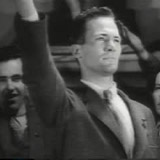 Ah, political humor. In 1936, some prophetic Princeton guys, disgusted by bonuses being granted to veterans of World War I, reasoned that the odds were quite strong that sooner or later they too would be called to war. Thus, as future veterans, they deserved their bonuses up front while they were still able to enjoy them. Overnight, Veterans of Future Wars parties sprang up on campuses all over the country. They even had their own salute: an outstretched arm similar to the Nazi Party, except with the palm turned up, ready for a handout. Real veterans were outraged and the group was denounced by Congress. In other words, mission accomplished.
Ah, political humor. In 1936, some prophetic Princeton guys, disgusted by bonuses being granted to veterans of World War I, reasoned that the odds were quite strong that sooner or later they too would be called to war. Thus, as future veterans, they deserved their bonuses up front while they were still able to enjoy them. Overnight, Veterans of Future Wars parties sprang up on campuses all over the country. They even had their own salute: an outstretched arm similar to the Nazi Party, except with the palm turned up, ready for a handout. Real veterans were outraged and the group was denounced by Congress. In other words, mission accomplished. -
Harvard sucks
 Imitation, as they say, is the sincerest form of flattery. In a 2004 homage to Caltech, Yale students donned red t-shirts and hit the Harvard-Yale game as the “Harvard Pep Squad.” Not content to simply trick Harvard fans into holding up a “Yale” sign, the pranksters handed out red and white signs that formed a giant “We Suck” over the Crimson faithful. In the hilarious video, a Harvard guy nearly blows their cover, and a sweet old Harvard mom asks, “It’s not going to say something like ‘Yale sucks’ is it?”
Imitation, as they say, is the sincerest form of flattery. In a 2004 homage to Caltech, Yale students donned red t-shirts and hit the Harvard-Yale game as the “Harvard Pep Squad.” Not content to simply trick Harvard fans into holding up a “Yale” sign, the pranksters handed out red and white signs that formed a giant “We Suck” over the Crimson faithful. In the hilarious video, a Harvard guy nearly blows their cover, and a sweet old Harvard mom asks, “It’s not going to say something like ‘Yale sucks’ is it?” -
Maryland half-court shot
 Collegehumor staffers Amir Blumenfeld and Streeter Seidell authored a string of hilarious back-and-forth pranks on each other from 2006 to 2009. Streeter kicked things off by tricking Amir into listening to the audio of Streeter getting down with his girlfriend. One of the best moments came a few rounds later, when Streeter publicly humiliated Amir at a Maryland basketball game by enlisting the crowd to make Amir briefly think he’d made a half-court shot for $500,000. The poor fool celebrated like an idiot — then he saw Streeter.
Collegehumor staffers Amir Blumenfeld and Streeter Seidell authored a string of hilarious back-and-forth pranks on each other from 2006 to 2009. Streeter kicked things off by tricking Amir into listening to the audio of Streeter getting down with his girlfriend. One of the best moments came a few rounds later, when Streeter publicly humiliated Amir at a Maryland basketball game by enlisting the crowd to make Amir briefly think he’d made a half-court shot for $500,000. The poor fool celebrated like an idiot — then he saw Streeter. -
Theft of the Sacred Cod
 Sometimes the simplest pranks get the best reactions. In 1933, Harvard Lampoon staffers quietly absconded with “the sacred cod,” a five-foot wooden fish that hung over the entrance to the Massachusetts House of Representatives chamber. You’d have thought they’d kidnapped the Lindberg baby. State police were called in. The Charles River was dragged. A Lampoon writer was detained by police at an airport and questioned for hours. After three days of hysteria, the Harvard chief of police was led into the woods and there two saddle-shoed young men returned the cod.
Sometimes the simplest pranks get the best reactions. In 1933, Harvard Lampoon staffers quietly absconded with “the sacred cod,” a five-foot wooden fish that hung over the entrance to the Massachusetts House of Representatives chamber. You’d have thought they’d kidnapped the Lindberg baby. State police were called in. The Charles River was dragged. A Lampoon writer was detained by police at an airport and questioned for hours. After three days of hysteria, the Harvard chief of police was led into the woods and there two saddle-shoed young men returned the cod. -
Greasing the railroad tracks
 This prank from Auburn’s past has the smell of tall tale to it, but it’s so cool and such a Tiger tradition that we’re going to give it the benefit of the doubt. Legend has it, the night before the 1896 Auburn-Georgia Tech football game, Auburn students crept down to the railroad station under cover of night and greased a quarter-mile of track with pig fat. When the train carrying the Yellow Jackets rolled in come morning, the train slid five miles past its stop and the players had to walk back to town, tiring them out and paving the way to an Auburn victory.
This prank from Auburn’s past has the smell of tall tale to it, but it’s so cool and such a Tiger tradition that we’re going to give it the benefit of the doubt. Legend has it, the night before the 1896 Auburn-Georgia Tech football game, Auburn students crept down to the railroad station under cover of night and greased a quarter-mile of track with pig fat. When the train carrying the Yellow Jackets rolled in come morning, the train slid five miles past its stop and the players had to walk back to town, tiring them out and paving the way to an Auburn victory. -
“Clap if you think he’s guilty”
 The NoZe Brotherhood is an underground society at Baylor University, whose members wear Groucho glasses to disguise their identities. One of their funniest moments came in 1973 at the yearly Homecoming Parade. The Grand Marshall was Baylor alum Leon Jaworski, who only days before had been made the prosecutor in the investigation of President Nixon and Watergate. As Jaworski rolled down the street waving to hundreds of applauding spectators, a NoZe brother followed behind him in trademark wig, glasses, and trench coat with a sign that read (referring to Nixon), “Clap if you think he’s guilty.”
The NoZe Brotherhood is an underground society at Baylor University, whose members wear Groucho glasses to disguise their identities. One of their funniest moments came in 1973 at the yearly Homecoming Parade. The Grand Marshall was Baylor alum Leon Jaworski, who only days before had been made the prosecutor in the investigation of President Nixon and Watergate. As Jaworski rolled down the street waving to hundreds of applauding spectators, a NoZe brother followed behind him in trademark wig, glasses, and trench coat with a sign that read (referring to Nixon), “Clap if you think he’s guilty.”
*Today’s article brought to you by www.bestcollegesonline.com

